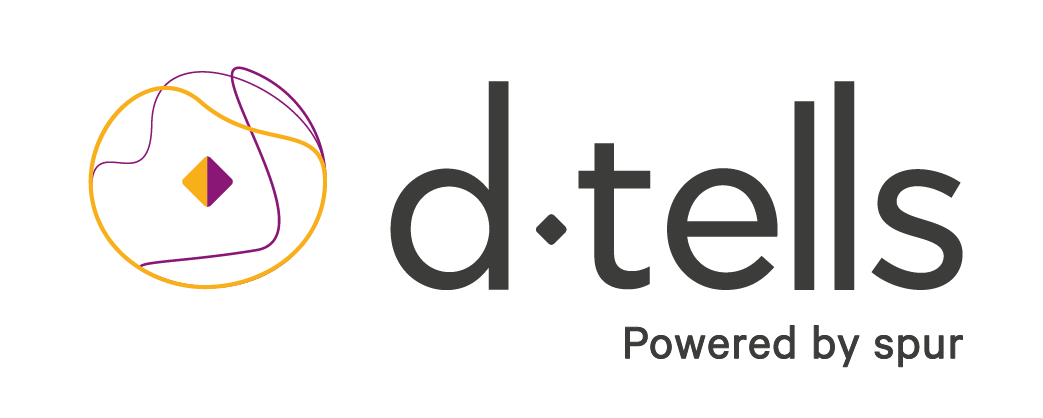5 key factors for a successful patient engagement program
Estimated reading time: 5 minutes
The last decade has been marked by major changes in the development of patient engagement program. The expectations, needs and involvement of the various parties involved have changed. New high-tech solutions have been added to sending texts, a solution that has been widely used in programs in recent years.
At Observia, we have tried, tested and learnt from our experiences. We analysed the results of a large range of international studies on the different components of a patient engagement program. We were inspired by the best practices of other sectors of activity.
Although each program does indeed have its particularities and must be adapted as such, we worked with experts to identify 5 key factors for success to take into consideration in 2021. We will describe them in more detail below.
1. Co-constructing with all the parties involved
Since Observia was created in 2011, we opted to co-create the patient engagement program with systemic implementation of a scientific committee integrating all the parties involved: Patients, carers, general practitioners, specialist physicians, nurses, care workers, etc. After 10 years of experimenting, we can confirm that this approach has shown its value in identifying needs that are not covered for all these members and finding concrete solutions for their daily lives.
This approach did indeed lead us several times to question the hypotheses that were set in the first meetings with our clients (hospitals, pharmaceutical laboratories, etc.). We advise you not to include only expert patients and technophiles so as to have a global view of needs and use, and to target healthcare professionals who could be representatives for your program in the future.
The benefit of this co-construction approach has been confirmed by Bastien Roux, the General Manager of the French Federation of Diabetics (FFD): “We must not develop a patient engagement program based only on our intuition. We must firstly understand the needs of all the parties involved.” Bastien Roux specifies that “closed-ended questions are to be prohibited” during interviews to collect information on needs.
To summarise
A successful patient engagement program is constructed between all the parties involved and is perfectly integrated to their uses. To do so, the project team must not only include the expertise necessary to develop the project (medical, regulatory, communication, IT, etc.), but also bring in participation from all the parties involved (patients, healthcare professionals, etc.). We then must take the time to thoroughly understand their needs and their uses by asking open-ended questions, so as not to cause any bias.
See also
A multiple-cohort analysis of the SPUR 6/24 patient-reported adherence tool
Clinical Ink and Observia: Pioneering Personalized Patient Engagement in Clinical Trials
By your side in 2024: Happy Holidays from Observia!
Need more information?
A burning question, a specific request, a great project to share with us? Get in touch, our teams are here to help!










